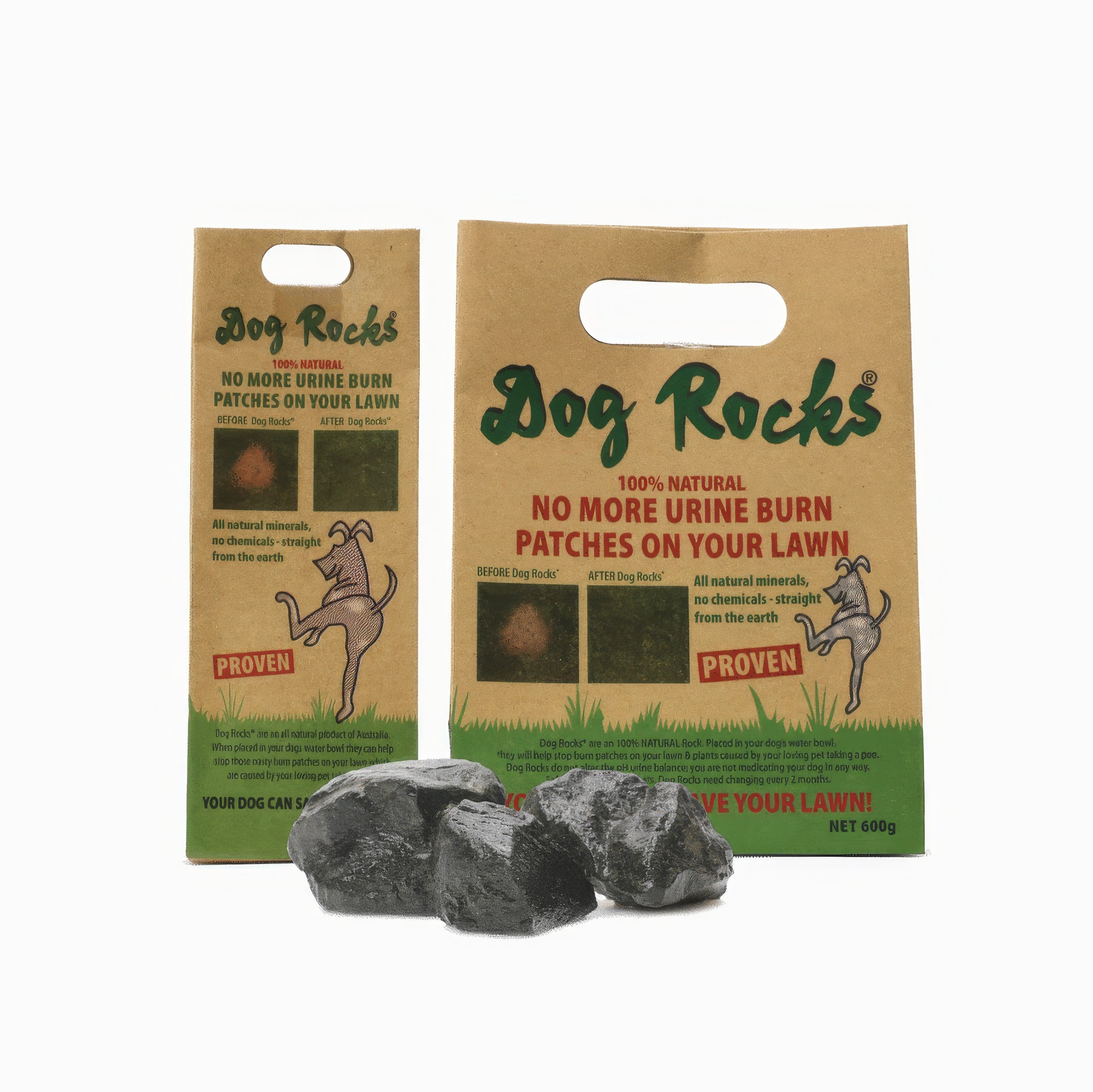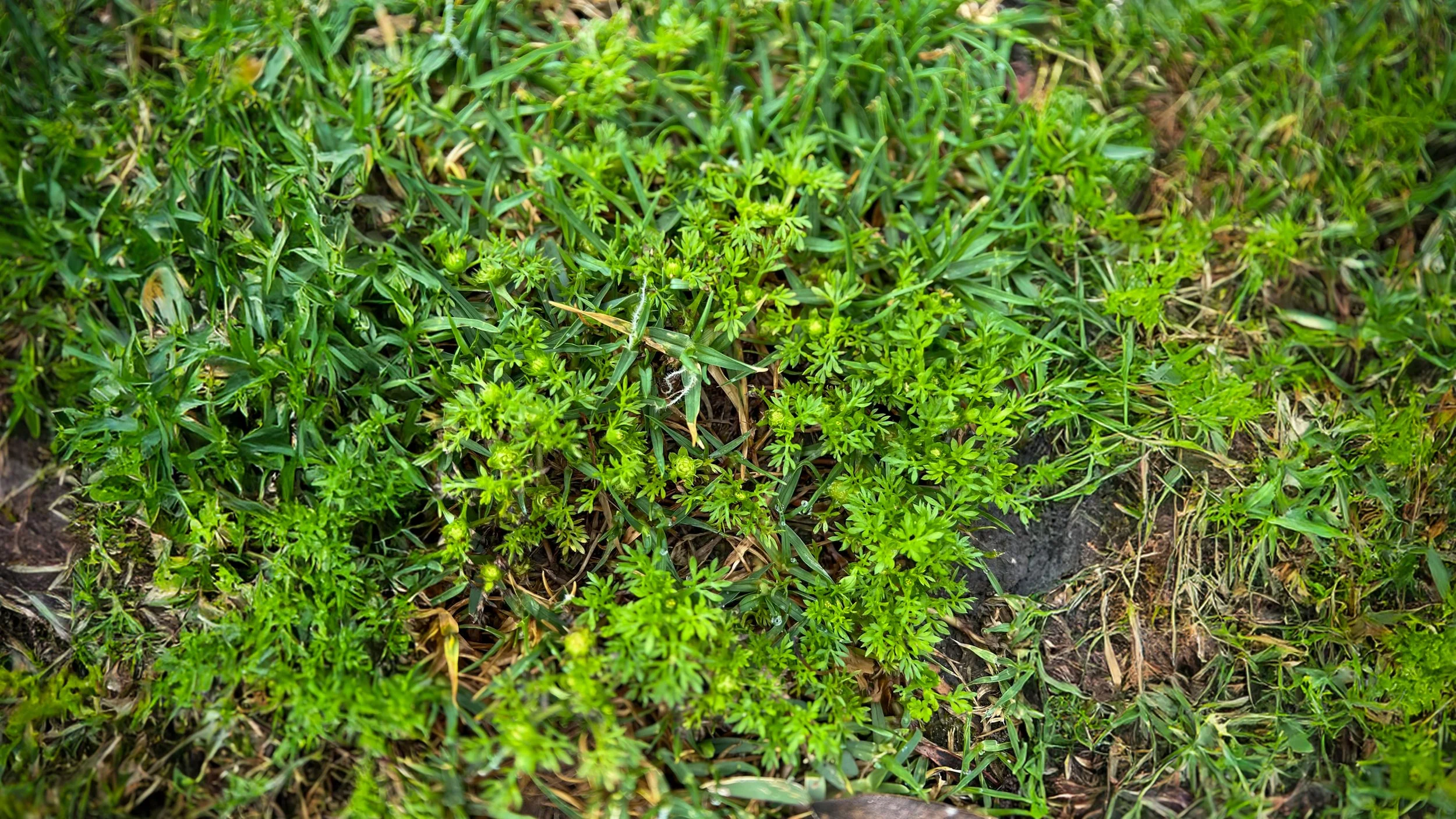Lawn Diseases in Canberra: How I Identify, Prevent, and Control Dollar Spot, Brown Patch, and Rust
G’day, Nikolai here from The Lawn Firm. If your lawn shows strange spots, yellowing patches, or orange dust on the blades, you may be dealing with a lawn disease. I see dollar spot, brown patch, and rust across Canberra every season. Here’s my clear plan to spot issues early, fix the cause, and get your turf back on track.
Why diseases hit Canberra lawns
Cool nights and warm days create leaf moisture that lingers.
Clay soils and compaction slow drainage and trap humidity.
Heavy thatch holds water near the leaf.
Shallow, frequent watering leaves the surface wet and roots weak.
Low nutrition thins the canopy and reduces defence.
Quick ID guide (what we look for on site)
1. Dollar spot
Small straw-coloured spots the size of a coin that join to form larger patches.
Blades bleach at the tip with a sharp edge between green and brown.
Shows after cool nights with dew in spring and autumn.
2. Brown patch
Circular brown areas that expand quickly in warm, humid weather.
Dark ring sometimes visible at the edge in the morning.
Often follows night watering or heavy thatch.
3. Rust
Orange powder on fingers after brushing the leaf.
Thins the lawn and dulls colour.
Common in slow-growing, nutrient-poor turf.
First steps if you suspect disease
Stop night watering. Water early morning so leaves dry fast.
Check mower blades. Keep them sharp to avoid tearing.
Raise mowing height slightly. Shade the soil and reduce stress.
Clear debris. Improve air flow and sunlight at the surface.
Photograph problem areas. Track spread and response.
How we fix the cause (Canberra-tested sequence)
1. Improve water movement
Core aerate compacted zones in spring or autumn.
Apply a wetting agent in warm months to help water soak in.
Shift to deep, less frequent watering so roots grow down.
2. Reduce thatch and humidity
Dethatch (scarify) if the layer is thicker than 1–1.5 cm.
Prune overhanging shrubs to lift light and airflow.
Collect heavy clippings until recovery starts.
3. Feed for steady growth
Apply a balanced fertiliser at the right seasonal rate.
Avoid force-feeding during stress or extreme heat.
Add light iron or potassium in cool periods for strength and colour (no product names).
4. Target the outbreak
Isolated patches: Rope off traffic, improve drying, and monitor for 7–10 days.
Widespread activity: I apply a targeted professional treatment and schedule follow-ups. I rotate modes of action across the season (no product names).
Repairing disease damage
Rake out dead leaf to open the canopy.
Top dress lightly (5–8 mm) with fine sandy loam to even scars.
Overseed thin areas to rebuild coverage.
Water to establishment, then return to deep, infrequent soaks.
Resume normal mowing once new growth hits 5–6 cm.
My ACT timing guide
Late winter / early spring: Sharpen blades, raise height a touch, set watering for mornings.
Spring: Aerate, feed, and watch for dollar spot after cool nights.
Summer: Manage thatch and wetting agents; avoid late watering to limit brown patch.
Autumn: Strengthen roots; tidy canopy; monitor for rust as growth slows.
Common mistakes we fix
Night watering that keeps leaves wet for hours.
Blunt mower blades that tear leaves and invite disease.
Over-fertilising in heat which drives soft, disease-prone growth.
Ignoring thatch so humidity stays high at the leaf.
One-off treatment without addressing compaction, water, or nutrition.
DIY or call The Lawn Firm?
You can adjust mowing, watering, and feeding yourself. For active outbreaks or repeat problems, the fix needs correct diagnosis, timing, and a full program. I assess the site, treat the disease, and line up aeration, dethatching, wetting agent, fertilising, and recovery work so your lawn stays clean and strong.









